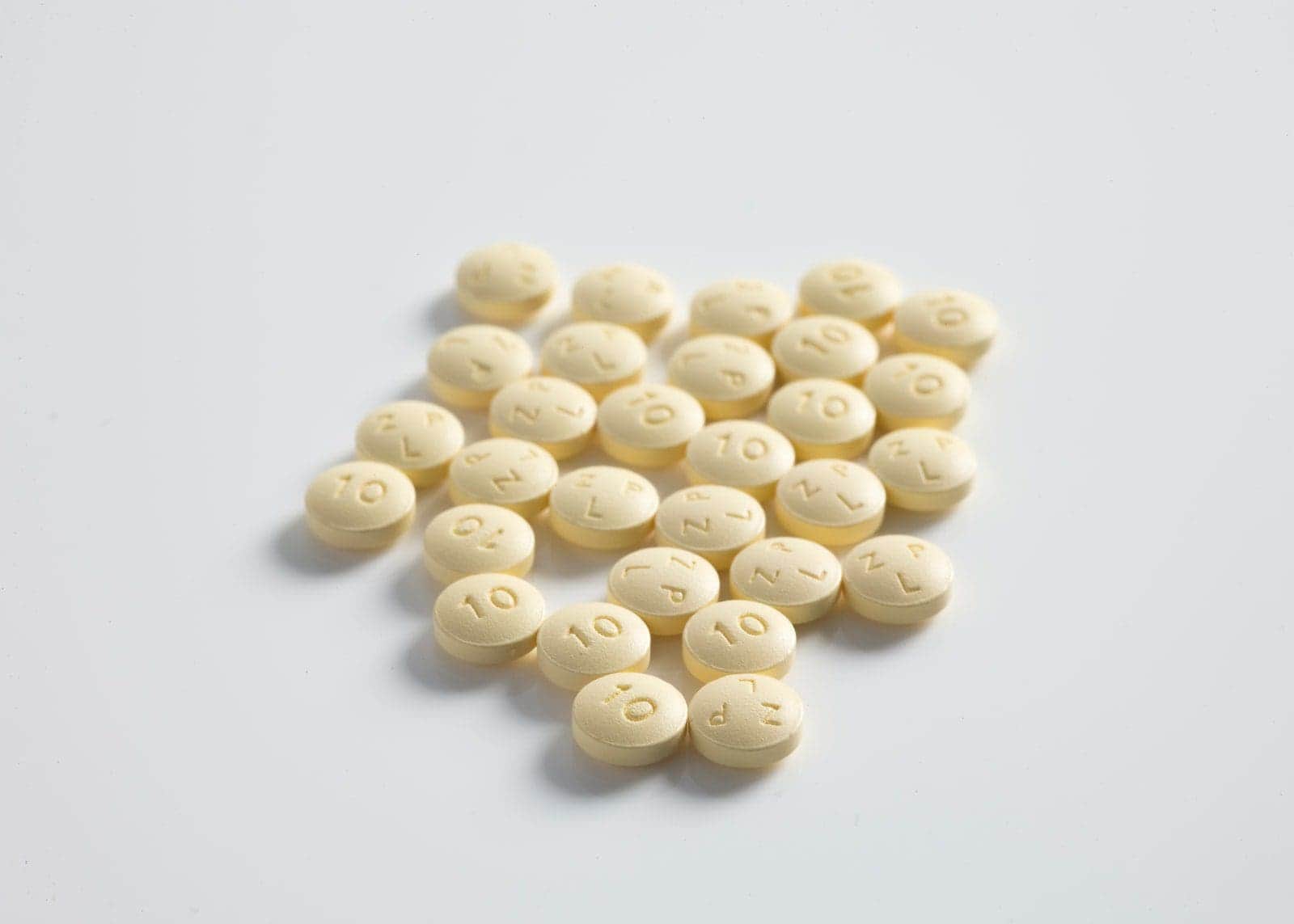Measurement quantifies an object’s attributes to compare it with other objects or events. It is the process of associating numbers with the physical quantities of an object, like mass, length, time, etc.
The metric system is the standard measurement system, also known as the International System of Units (SI Unit System). In the metric system, “mg” and “mcg” are terms for measuring mass. They are very small units of measurement.
Where “mg” stands for “milligrams,” and “mcg” stands for “micrograms.” Various food packets show their nutrient content in mgs and mcgs. They are also used to indicate the content of certain ingredients in cosmetics, drugs, and other medicines.
Key Takeaways
- Milligrams (mg) are a larger unit of measurement than micrograms (mcg), with 1 mg equaling 1000 mcg.
- Mg and mcg are units of measurement used to express the weight of a substance or medication.
- A microgram (mcg) is one-thousandth of a milligram (mg) and is used to measure smaller amounts of medication or nutritional supplements.
Difference Between mg and mcg
The full form of mg is a milligram. An mg is the 1000th of a gram. Due to its bigger size, it is the most commonly used term in daily life. Milligram Balance is a tool that is used to measure milligrams. The full form of mcg is a microgram. An mcg is the 1000000th of a gram. Microgram balance is used to measure micrograms.

A microgram is equal to 0.001 milligrams. Hence it is much smaller than a milligram. The main difference between mg and mcg lies in their sizes. While a milligram is 1000th of a gram, a microgram is 1000000th.
Conversion between milligrams and micrograms is very easy, and one can do so by dividing or multiplying the given number by 1000.
2 mg = 2×1000 mcg
= 2000 mcg
2 mcg = 2÷1000 mg
= 0.002 mg
Comparison Table for mg vs. mcg
| Parameters of Comparison | mg | mcg |
|---|---|---|
| Full-Form | mg is the abbreviated form of a milligram. | Mcg is the abbreviated form of a microgram. |
| Prefix | ‘Milligram’ has the prefix ‘milli’. | ‘Microgram’ has the prefix ‘micro.’ |
| Size | Bigger in size. An mg is 1000th of a gram. | Smaller in size. An mcg is 1000000th of a gram. |
| Symbol | Only written as mg. | Also written as μg. |
| Frequency of use | Used more frequently in daily life due to its bigger size. | Used less frequently every day due to a smaller size. |
What is mg?
A milligram is the 1000th part of a gram. It comes under the metric system of measurement of the weight of a substance. It is used in our daily lives by the common man. We can easily measure a substance to the required amount by a weighing scale.
This measurement is also used to indicate the distribution of nutrients in food labels. It tells us how many mgs of vitamins and minerals are inside a particular food product. The unit of ‘mg’ is also used in making drugs; it measures the dosage of a particular ingredient.
The tool used to measure milligrams is known as a milligram balance. It gives us the exact measurement to the unit of milligrams, and not any further.
It is found in a scientific or pharmaceutical laboratory. They use the balance in carrying out experiments and measuring the dose of a particular drug.
To convert milligrams into grams, the value should be divided by 1000.
1000 mg = 1000 ÷ 1000
= 1 gm
And to convert grams milligrams into micrograms, the value should be multiplied by 1000.
1000 mg = 1000 × 1000
= 1000000 mcg

What is mcg?
A microgram is the 1000000th part of a gram. It is also used to measure the mass of a substance. It is much smaller than the gram and not used by us daily.
A microgram is mostly used in scientific experiments and in producing drugs. Most medicines we use contain certain micrograms of the dose of a drug. It is used less frequently due to its minimal requirement in measuring materials in daily life.
A microgram balance measures micrograms. This gives us precise measurements of the unit of micrograms. This device is more precise than a milligram scale. It is also used in laboratories.
To convert micrograms into grams, the value should be divided by 1000000.
1000 mcg = 1000 ÷ 1000000
= 0.001 gm
And to convert micrograms into milligrams, the value should be divided by 1000.
1000 mcg = 1000 ÷ 1000
= 1 mg
Main Differences Between mg and mcg
- Milligram is also known as ‘mg’ while microgram is known as ‘mcg.’
- Both microgram and milligram have different prefixes, ‘micro’ and ‘milli,’ respectively.
- Mcg is smaller than mg.
- A microgram can be symbolized as μg, whereas there’s no other symbol for milligrams than mg.
- Milligram is used more daily, while microgram is used less often.





